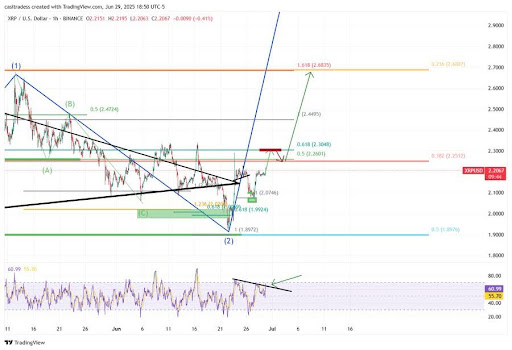
By learning about blockchain technology, you can be part of the next generation and better understand how our economy will be shaped in the future. Today we will give an introduction to the blockchain to help you along the way to learn about it.
Blockchain nodes can generate and trade electricity without the need for a central authority. Because the blockchain network has no central authority, it is the very definition of a democratized system.
Blockchain is a peer-to-peer ledger system that allows peers to make transactions with each other without a central authority. It is a distributed database, which means that blockchain storage devices are not connected to a standard processor. Instead, the blockchain is a full copy of a minimal copy that requires the blockchain to remain connected for a functioning network.
The concept was introduced by Satoshi Nakamoto in 2008 and was first implemented as part of the digital bitcoin currency, with the blockchain serving as a public register for bitcoin transactions. Bitcoin was the first digital currency using the blockchain system to solve the dual-issue problem by allowing physical coins and tokens (or electronic files) to be duplicated and issued without the need for a central authority or server.
What Exactly is a Blockchain Technology?
Blockchain is a form of distributed ledger technology (DLT) in which the database is distributed across multiple operators, nodes, and computing devices. Security is built into the blockchain system by distributing time-stamped servers over a peer-to-peer network, resulting in a decentralized database.
Blockchain technology consists of individual behavioral guidelines and a large set of rules that program them. Implementing a particular protocol is what a blockchain is, and it is a distributed, peer-to-peer, secure information database.
Blockchain protocols ensure that the network functions as intended by its creators and that it is autonomous and not controlled by anyone. As with any computer system, nodes are the core building blocks of blockchain infrastructure.
Top Firms in the Blockchain Race
Today blockchain is one of the fastest-growing technologies in the world. Major players such as Microsoft, Amazon, and IBM invest heavily in this domain, with more than 320,000 transactions taking place every day on it. Financial services and fintech will remain at the forefront of blockchain in the coming days, but other industries are more cautious. Some types of analysts have declared blockchain to be the most important technology on the Internet.
JPMorgan was an early and prominent driving force in building Quorum, a blockchain-powered interbank information and payments network that includes more than 300 banks. Earlier this month, JPMorgan announced its possible merger with another prominent blockchain startup, ConsenSys, illustrating the growing demand for blockchain technology in the financial services sector.
Enterprise blockchain refers to established and giant companies that integrate blockchain technology into their infrastructure. Numerous established companies are involved in various applications of blockchain technology. Other incumbents have developed frameworks, tools, and pick-up-and-shovel offerings to help companies incorporate blockchain technology into their efforts.
The third role is to establish contracts, which opens up a wealth of possibilities. As blockchain technology gains mainstream attention, blockchain and its smart contracts have the potential to help combat money laundering. Intelligent contracts can be used to create fraud-proof voting systems, censorship-proof information distribution, and much more.
Blockchain is an ingenious invention developed by a person or group of people known by the pseudonym Satoshi Nakamoto. Blockchain technology has created the backbone of a new kind of Internet by enabling digital information to be disseminated rather than just copied.
It disrupts our digital lives in a way that has not been seen since the arrival of the Internet. Since the digital currency Bitcoin development, the blockchain has bought Bitcoin, but the tech community has found other potential uses for blockchain technology.





